Home>Technology>Home Office Tech>How Long Does It Take For A Tesla To Charge At A Charging Station
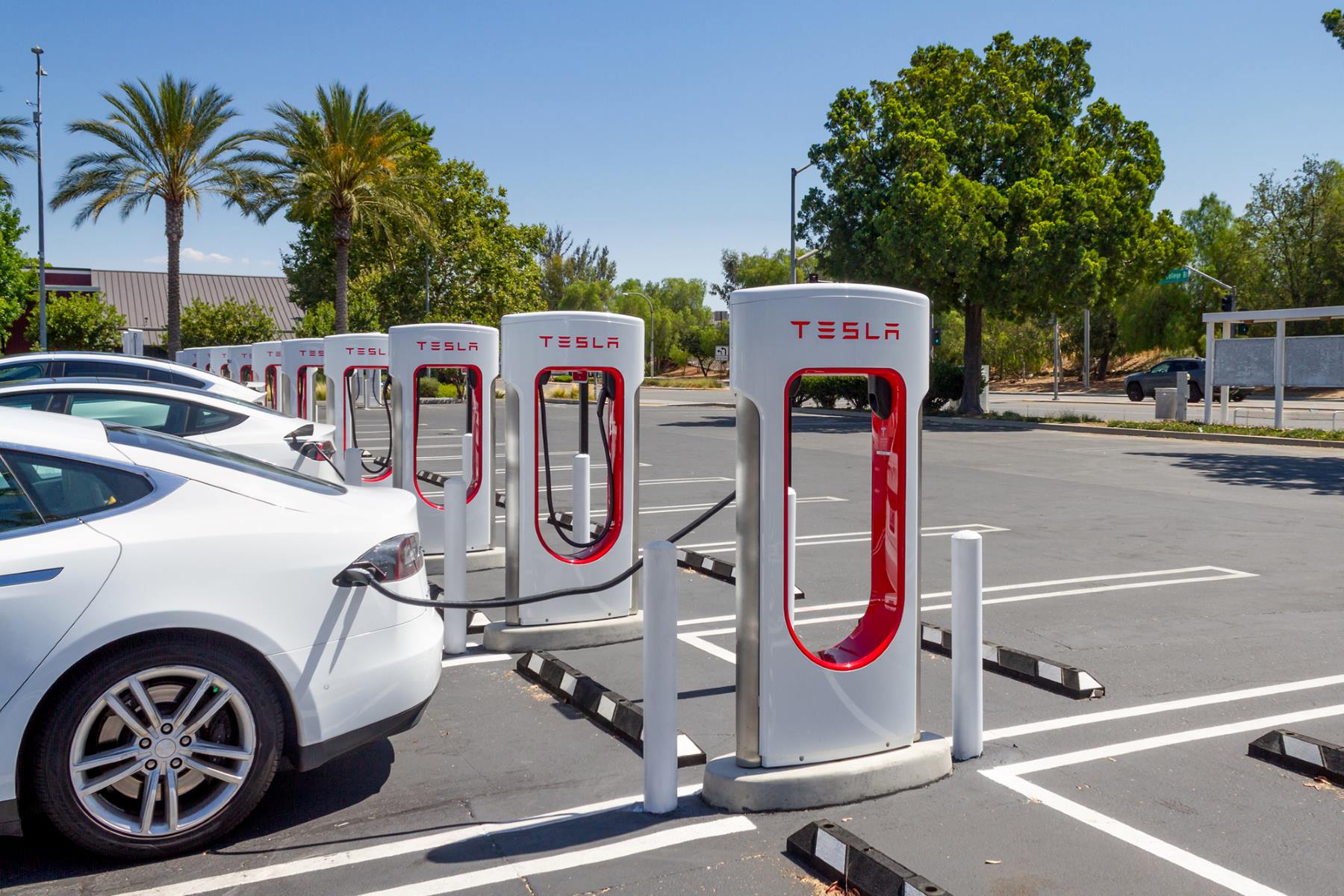

Home Office Tech
How Long Does It Take For A Tesla To Charge At A Charging Station
Modified: February 25, 2024
Find out how long it takes for a Tesla to charge at a charging station and optimize your home office tech with the latest information. Discover the best charging solutions for your needs.
(Many of the links in this article redirect to a specific reviewed product. Your purchase of these products through affiliate links helps to generate commission for Storables.com, at no extra cost. Learn more)
Introduction
Understanding Tesla Charging Stations
Tesla has revolutionized the automotive industry with its innovative electric vehicles, offering not only a sustainable mode of transportation but also a network of charging stations that enable drivers to power up their cars conveniently. These charging stations, strategically located across highways and urban centers, play a pivotal role in making electric vehicles a practical choice for daily commuting and long-distance travel.
Tesla's charging stations are designed to provide a seamless and efficient charging experience for its customers. Understanding the intricacies of these charging stations, including the factors that influence charging time and the capabilities of different Tesla models, is essential for maximizing the utility of these cutting-edge facilities.
In this article, we will delve into the workings of Tesla charging stations, unravel the factors that influence the time required to charge a Tesla vehicle, explore the charging capabilities of different Tesla models, and provide valuable tips for expediting the charging process. By gaining insight into these aspects, Tesla drivers can optimize their charging experience and make informed decisions regarding their travel plans.
Let's embark on a journey to demystify the world of Tesla charging stations and discover the nuances that govern the charging process for these remarkable electric vehicles.
Understanding Tesla Charging Stations
Key Takeaways:
- Tesla’s Superchargers provide rapid and convenient charging for electric vehicles, empowering drivers to embark on long journeys with confidence and ease.
- Factors like battery capacity, charging speed, and station utilization influence the time it takes to charge a Tesla, so drivers can optimize their charging experience for efficient and seamless travel.
Read more: How To Charge A Tesla At A Charging Station
How Do Tesla Charging Stations Work?
Tesla charging stations, also known as Superchargers, are an integral part of the electric vehicle infrastructure, providing Tesla owners with a reliable and rapid means of recharging their cars. These stations are strategically positioned along major travel routes, allowing drivers to embark on long journeys with the assurance of accessible and efficient charging facilities.
Superchargers are designed to deliver high-power direct current (DC) to Tesla vehicles, significantly reducing the time required to replenish the vehicle’s battery. The advanced technology integrated into these charging stations enables Tesla cars to quickly regain substantial driving range, making long-distance travel a feasible and convenient option for electric vehicle owners.
One of the key features of Tesla’s charging infrastructure is its proprietary connector, which is specifically designed for Tesla vehicles. This connector, coupled with the high-power output of the Superchargers, facilitates a seamless and optimized charging process, ensuring that Tesla drivers can efficiently power up their vehicles during pit stops or extended journeys.
The Network and Accessibility
Tesla’s expansive network of Superchargers spans various geographical locations, encompassing urban centers, popular tourist destinations, and intercity travel routes. This widespread coverage empowers Tesla owners to plan their journeys with confidence, knowing that they can access charging facilities at strategic intervals along their chosen routes.
Furthermore, the user-friendly interface of Tesla’s navigation system incorporates real-time data on the location and availability of Superchargers, allowing drivers to chart their course with precision and make informed decisions regarding charging stops. This integration of charging station information into the vehicle’s navigation system exemplifies Tesla’s commitment to enhancing the overall driving experience for its customers.
Payment and Efficiency
While early Tesla models offered complimentary access to the Supercharger network, the company has transitioned to a pricing model based on kilowatt-hour (kWh) usage or, in some regions, a pay-per-use system. This approach ensures that the operational costs associated with maintaining and expanding the charging infrastructure are sustainably managed while providing Tesla drivers with a transparent and equitable charging experience.
Moreover, the efficiency of Tesla’s charging stations, coupled with the rapid charging capabilities of Tesla vehicles, enables drivers to minimize their charging time without compromising on the range gained. The synergy between the high-power output of the Superchargers and the optimized charging protocols embedded within Tesla vehicles results in a harmonized and expedited charging process.
By comprehending the operational dynamics of Tesla charging stations, including their technological prowess, network accessibility, and efficiency, Tesla owners can harness the full potential of these charging facilities, empowering them to embark on electrifying journeys with confidence and convenience.
Factors Affecting Charging Time
Understanding the Variables
The time required to charge a Tesla vehicle at a Supercharger is influenced by several factors, each playing a distinct role in shaping the charging experience. By unraveling these variables, Tesla drivers can gain a comprehensive understanding of the nuances that impact charging time, enabling them to optimize their charging strategies and make informed decisions during their travels.
Read more: How Does A Tesla Charging Station Work
Battery Capacity and State of Charge
The battery capacity of a Tesla vehicle, measured in kilowatt-hours (kWh), directly influences the time required to fully charge the car. A larger battery capacity necessitates a longer charging duration to reach full capacity, while a smaller battery can be replenished more swiftly. Additionally, the state of charge, or the current level of battery charge, also impacts charging time. As the battery approaches full capacity, the charging process may slow down to protect the battery cells and maintain their longevity.
Charging Speed and Power Output
The charging speed, often measured in miles of range gained per hour of charging, varies based on the power output of the Supercharger and the compatibility of the vehicle with the charging infrastructure. Tesla’s Superchargers are available in different power levels, ranging from standard to high-power versions, with the latter capable of delivering rapid charging rates. The charging speed is also contingent on the model of the Tesla vehicle, as newer models may support higher charging capacities, allowing for faster replenishment of the battery.
Environmental Conditions
Environmental factors, such as temperature and weather conditions, can influence the efficiency of the charging process. Extreme temperatures, whether excessively hot or cold, may impact the battery’s performance and the overall charging speed. Additionally, adverse weather conditions, such as heavy rain or snow, can potentially affect the accessibility and functionality of the charging stations, potentially leading to variations in charging time.
Charging Station Utilization
The utilization of the Supercharger station at the time of arrival can impact the charging time, especially during peak hours when multiple vehicles are concurrently charging. Higher demand for charging may result in a slower charging rate, as the power output is distributed among the vehicles connected to the station. Conversely, arriving at a less congested charging station can expedite the charging process, minimizing the time spent at the station.
Read more: How To Start A Tesla Charging Station
Optimizing the Charging Experience
By taking into account these influential factors, Tesla drivers can proactively optimize their charging experience, leveraging their understanding of battery capacity, charging speed, environmental conditions, and station utilization to streamline the charging process. Furthermore, leveraging Tesla’s navigation system to identify optimal charging stops and timing can enhance the overall efficiency of long-distance travel, ensuring that drivers can recharge their vehicles with ease and expedience.
Understanding the multifaceted variables that affect charging time empowers Tesla drivers to approach the charging process with insight and adaptability, enabling them to seamlessly integrate electric mobility into their lifestyles while embarking on electrifying journeys with confidence.
Different Tesla Models and Charging Time
Variations in Charging Capabilities
Tesla offers a diverse range of electric vehicles, each with distinct battery capacities, charging capabilities, and performance attributes. Understanding the charging time associated with different Tesla models is essential for Tesla owners to effectively plan their charging stops and optimize their driving experience based on their vehicle’s specific charging characteristics.
Model S and Model X
The Tesla Model S and Model X, renowned for their remarkable performance and spacious interiors, are equipped with varying battery capacities, ranging from 75 kWh to 100 kWh. The charging time for these models at a Supercharger is influenced by the battery capacity and the specific charging speed supported by the vehicle. The high-power output of Tesla’s Superchargers enables Model S and Model X owners to efficiently replenish their batteries, with the charging time varying based on the model’s battery size and the charging infrastructure’s power level.
Model 3 and Model Y
With the introduction of the more compact and accessible Model 3 and Model Y, Tesla has expanded its electric vehicle lineup to cater to a broader audience. These models feature diverse battery configurations, including standard-range and long-range options, each affecting the charging time at Supercharger stations. The Model 3 and Model Y exemplify Tesla’s commitment to enhancing the accessibility of electric mobility while offering compelling charging capabilities tailored to the vehicle’s battery configuration.
When charging at a Tesla Supercharger station, it can take about 15 minutes to get a 50% charge, and around 40 minutes for a full charge, depending on the model of the car.
Charging Time Considerations
When assessing the charging time for different Tesla models, it is crucial to consider the battery capacity, charging speed compatibility, and the specific power output of the Supercharger being utilized. The interplay between these factors dictates the time required to charge the vehicle to full capacity, enabling Tesla drivers to gauge the charging duration and plan their travel itinerary accordingly.
Optimizing Charging Strategies
By familiarizing themselves with the charging time associated with their specific Tesla model, drivers can adopt proactive strategies to optimize their charging experience. Leveraging the real-time charging station information provided by the vehicle’s navigation system, Tesla owners can identify the most conducive charging stops and anticipate the charging duration, empowering them to embark on electrifying journeys with confidence and convenience.
Understanding the unique charging characteristics of different Tesla models equips drivers with the knowledge to tailor their charging approach, ensuring that they make the most of Tesla’s expansive charging infrastructure while embracing the sustainable and exhilarating driving experience offered by these remarkable electric vehicles.
Tips for Faster Charging
Maximizing Charging Efficiency
Efficiently leveraging Tesla’s charging infrastructure to expedite the charging process is a priority for Tesla owners seeking to optimize their travel experience. By incorporating strategic approaches and best practices, drivers can enhance the speed and efficiency of their vehicle’s charging, minimizing downtime and maximizing driving range. Here are valuable tips for achieving faster charging at Tesla Supercharger stations:
Plan Charging Stops Strategically
Utilize Tesla’s navigation system to plan charging stops strategically, considering the distance between Supercharger locations and the optimal timing for recharging. Planning efficient charging intervals enables drivers to minimize the time spent at charging stations while ensuring that the vehicle’s battery remains sufficiently charged for the next leg of the journey.
Read more: How To Find A Charging Station On Tesla
Arrive with Lower State of Charge
Arriving at a Supercharger station with a lower state of charge, but not critically low, can expedite the initial phase of charging, as the vehicle’s charging speed may be higher when the battery is not near full capacity. This approach can facilitate a swifter replenishment of the battery, especially during time-sensitive travel scenarios.
Utilize High-Power Superchargers
When available, prioritize utilizing high-power Superchargers, which offer rapid charging rates and can significantly reduce the overall charging time. High-power charging stations are designed to cater to the charging needs of Tesla vehicles efficiently, allowing drivers to capitalize on the advanced charging capabilities of their cars.
Optimize Battery Preconditioning
Prior to arriving at a Supercharger station, engage the battery preconditioning feature on the Tesla vehicle, especially in colder climates. Battery preconditioning primes the battery for optimal charging performance, ensuring that the charging process is initiated under favorable conditions, thereby potentially expediting the overall charging time.
Minimize Station Congestion
When feasible, plan charging stops during off-peak hours to minimize station congestion and optimize the charging experience. Avoiding peak charging periods can enhance the charging speed, as the available power output is less likely to be distributed among numerous vehicles concurrently charging at the station.
Read more: How To Install Tesla Charging Station
Monitor Charging Progress
Stay informed about the charging progress through the Tesla mobile app or the vehicle’s touchscreen interface. Monitoring the charging status enables drivers to assess the rate of replenishment and make informed decisions regarding the optimal duration of the charging session, ensuring that the vehicle is sufficiently charged for the upcoming travel segment.
By implementing these practical tips and leveraging the capabilities of Tesla’s charging infrastructure, drivers can expedite the charging process and embark on electrifying journeys with enhanced efficiency and convenience, exemplifying the seamless integration of sustainable mobility into their lifestyles.
Conclusion
Empowering Electric Mobility
The evolution of Tesla’s charging infrastructure and the diverse lineup of Tesla vehicles have redefined the landscape of electric mobility, offering drivers a compelling and sustainable alternative to traditional gasoline-powered cars. The seamless integration of Tesla’s Supercharger network into the fabric of modern travel has catalyzed the widespread adoption of electric vehicles, empowering drivers to embark on extensive journeys with confidence and convenience.
Read more: How To Start A Tesla Charging Station
Optimizing the Charging Experience
Understanding the intricacies of Tesla charging stations, including the factors influencing charging time, the charging capabilities of different Tesla models, and the strategies for expediting the charging process, equips Tesla owners with the knowledge to optimize their charging experience. By embracing proactive approaches and leveraging the technological prowess of Tesla’s charging infrastructure, drivers can streamline the charging process and seamlessly integrate electric mobility into their daily lives.
Embracing Sustainable and Exhilarating Journeys
As the electrification of transportation continues to gain momentum, Tesla’s commitment to enhancing the accessibility and efficiency of electric mobility remains unwavering. The synergy between Tesla’s cutting-edge vehicles and its expansive charging network underscores the company’s dedication to fostering sustainable transportation solutions while delivering an exhilarating driving experience that transcends conventional norms.
Charting a Path Forward
As Tesla continues to innovate and expand its charging infrastructure, the future of electric mobility holds promise for further advancements in charging technology, enhanced charging speeds, and an increasingly interconnected network of charging stations. With a steadfast focus on driving progress and sustainability, Tesla is poised to shape the future of transportation, inspiring drivers to embrace the electrifying potential of electric vehicles and embark on transformative journeys that redefine the boundaries of modern travel.
By unraveling the dynamics of Tesla’s charging ecosystem and embracing the tips for expediting the charging process, drivers can embark on electrifying journeys with confidence, efficiency, and a profound sense of environmental stewardship, exemplifying the harmonious fusion of sustainable mobility and exhilarating travel experiences.
Frequently Asked Questions about How Long Does It Take For A Tesla To Charge At A Charging Station
Was this page helpful?
At Storables.com, we guarantee accurate and reliable information. Our content, validated by Expert Board Contributors, is crafted following stringent Editorial Policies. We're committed to providing you with well-researched, expert-backed insights for all your informational needs.
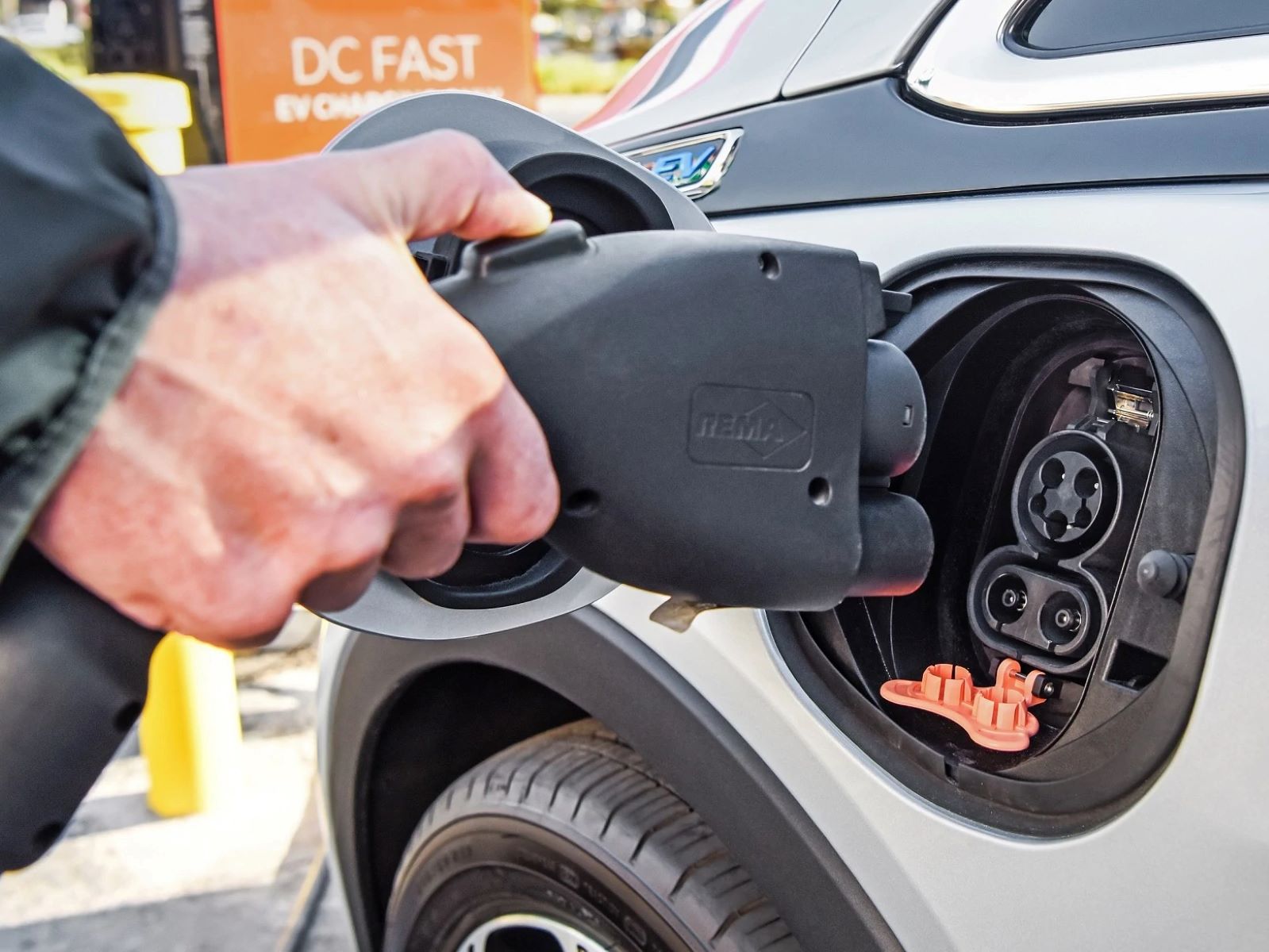
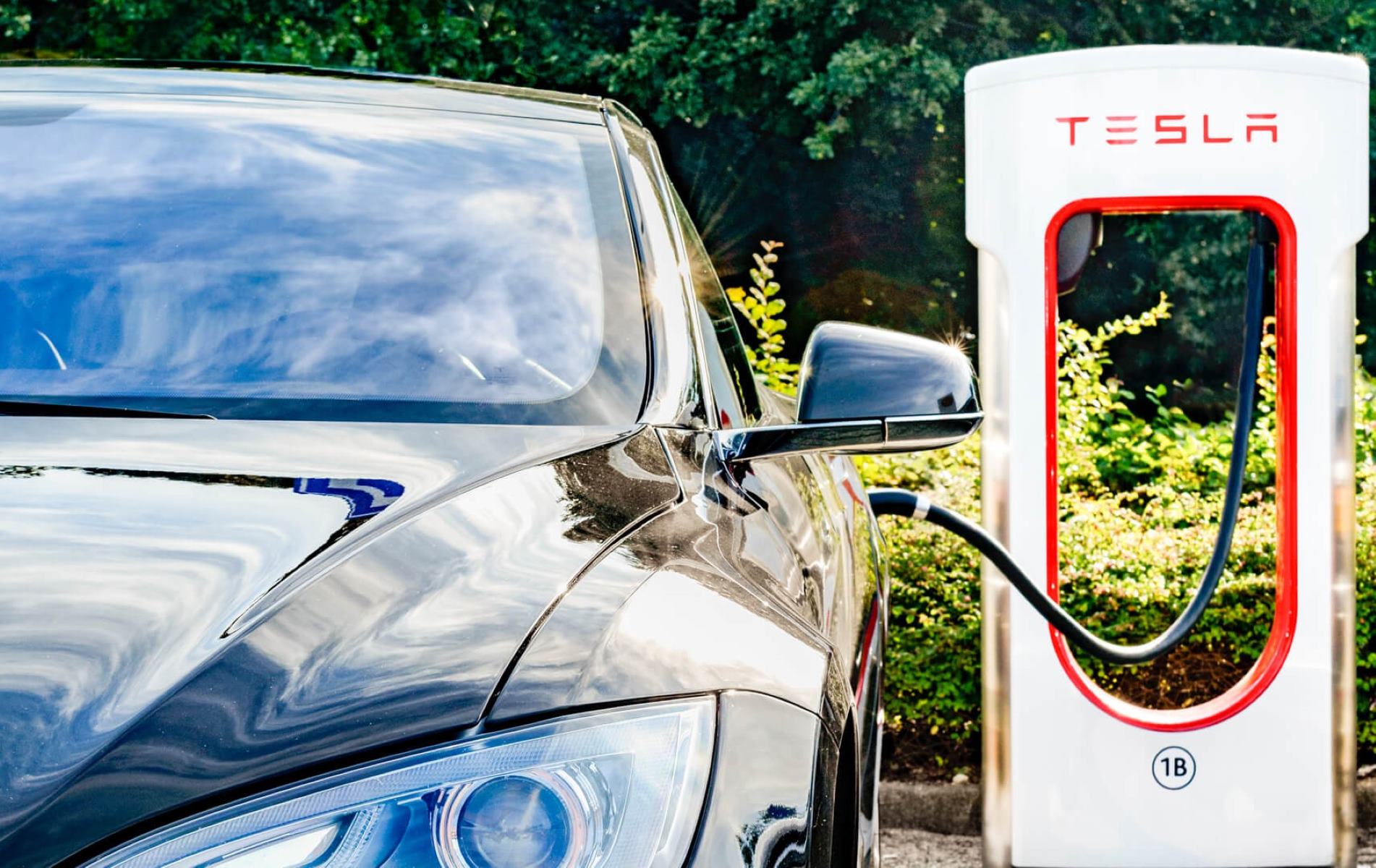
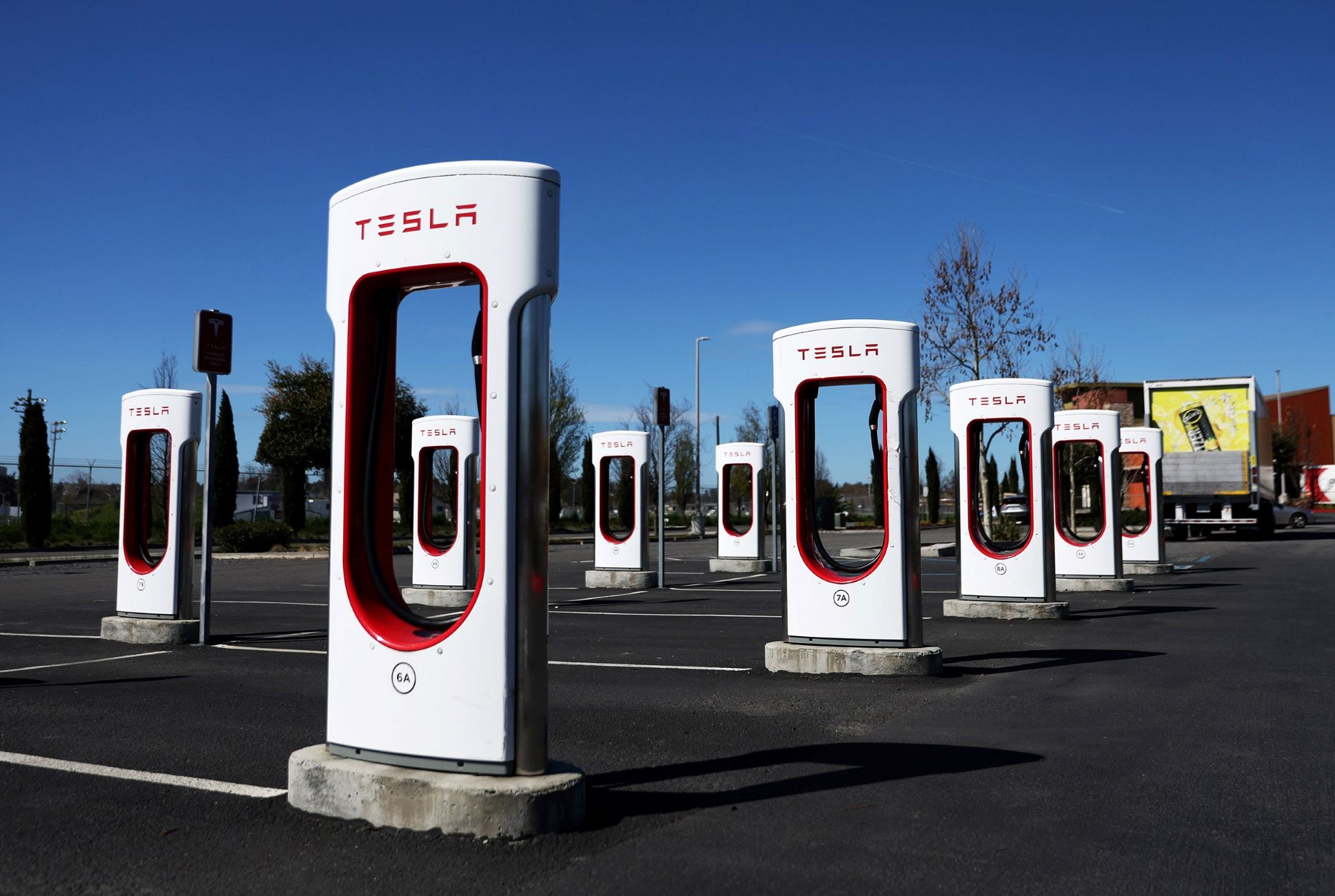

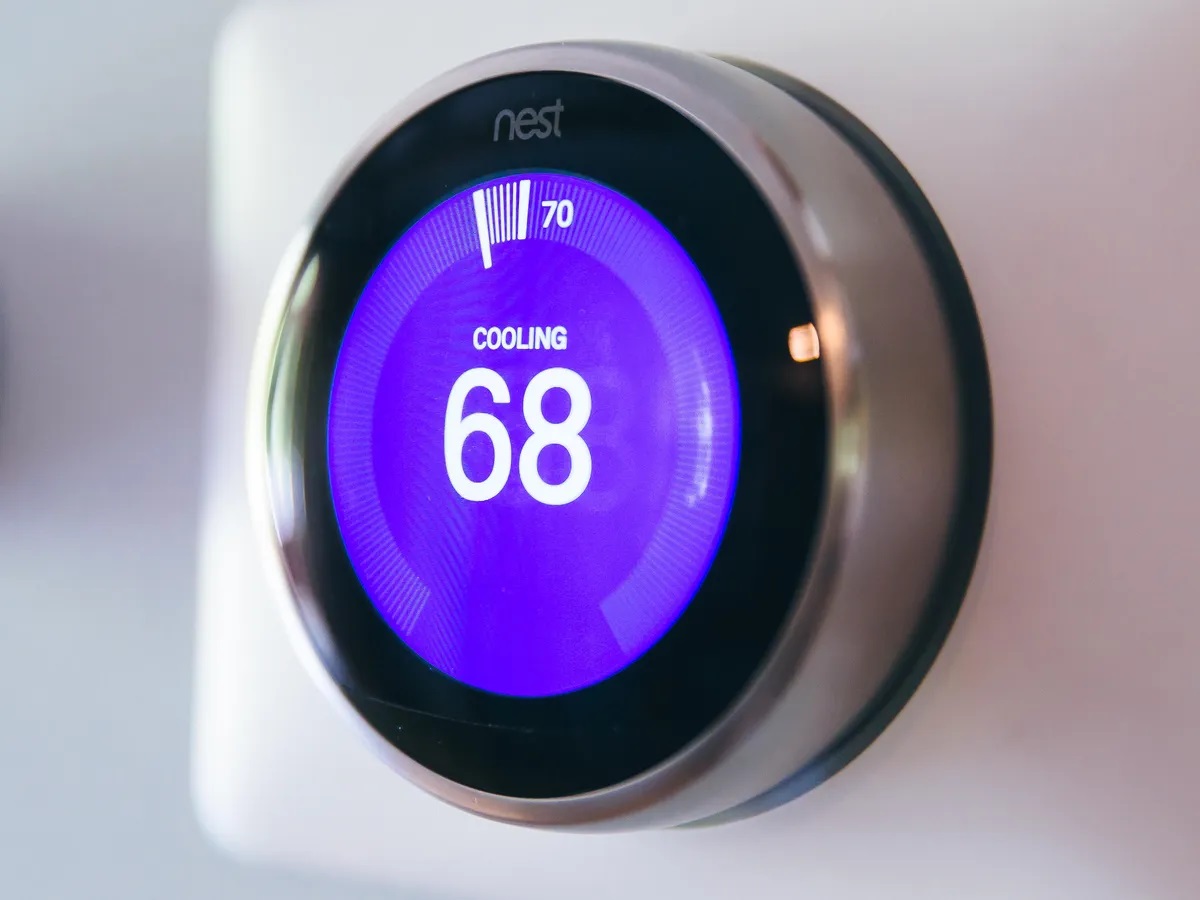


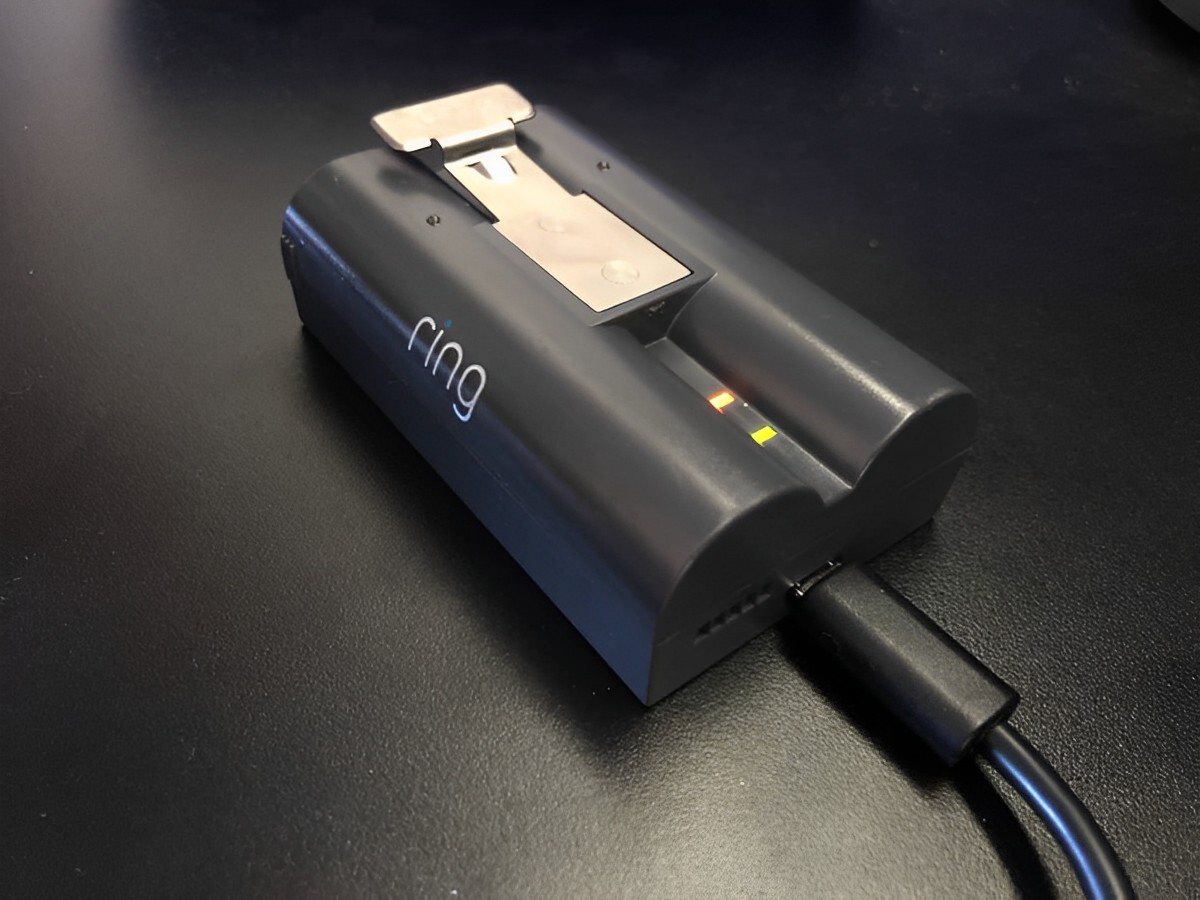


0 thoughts on “How Long Does It Take For A Tesla To Charge At A Charging Station”